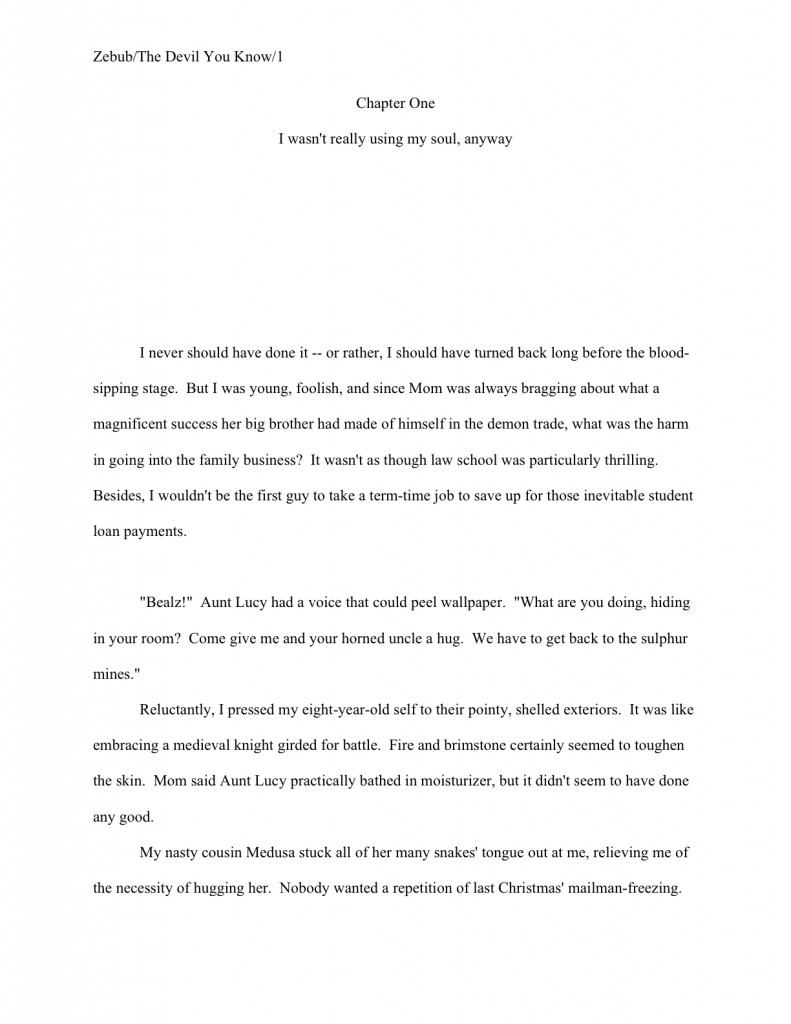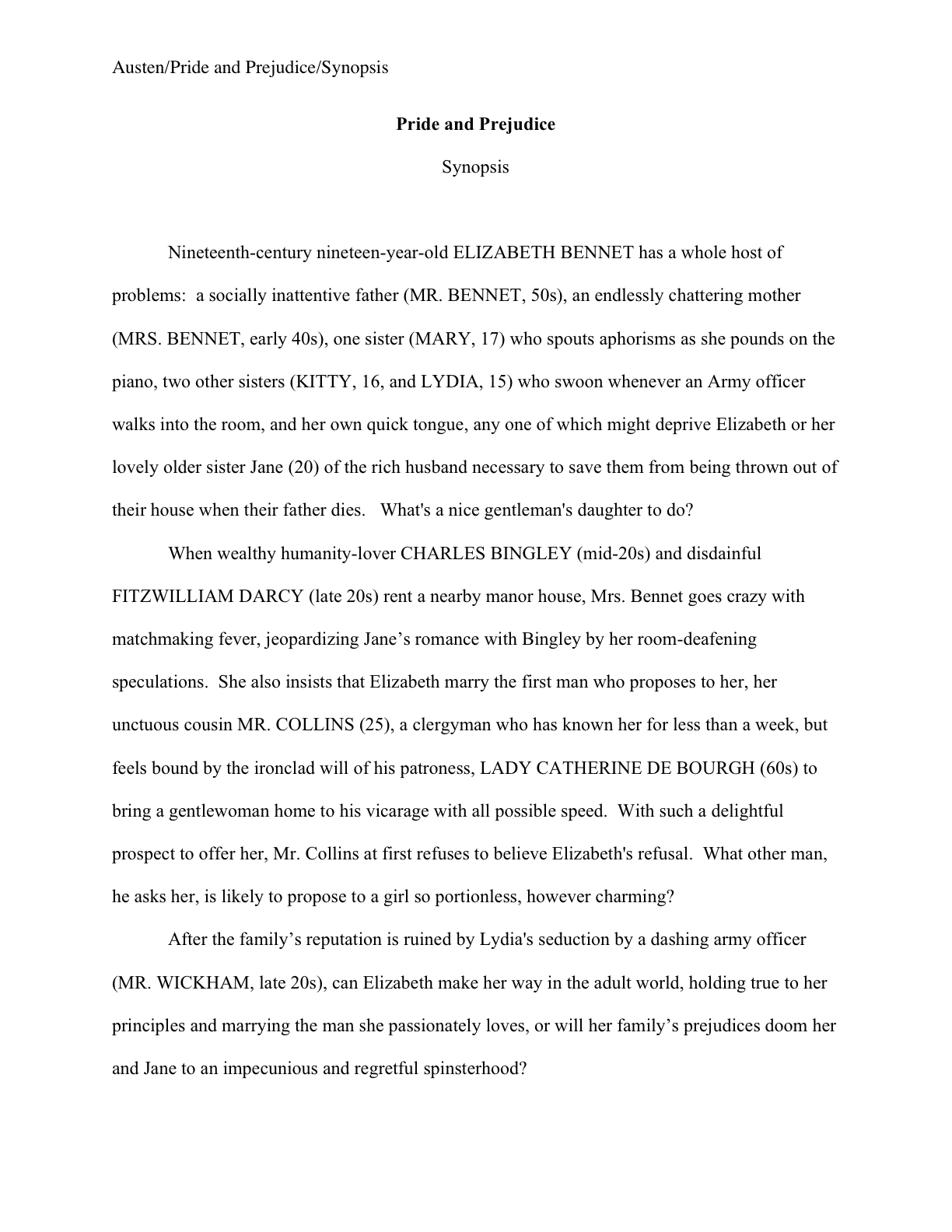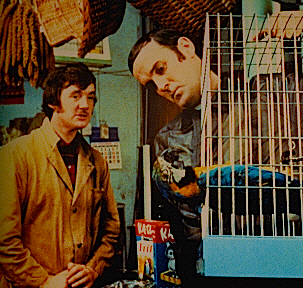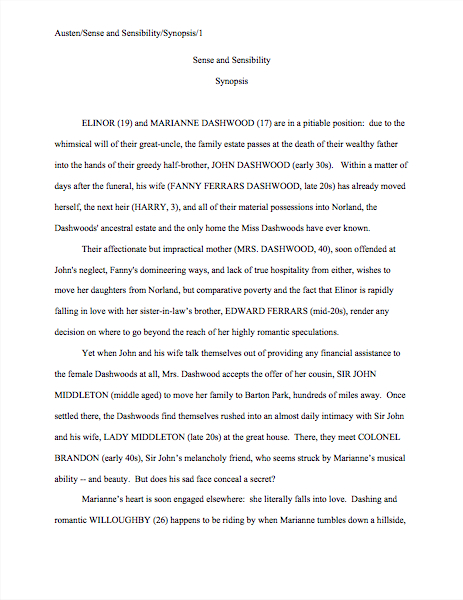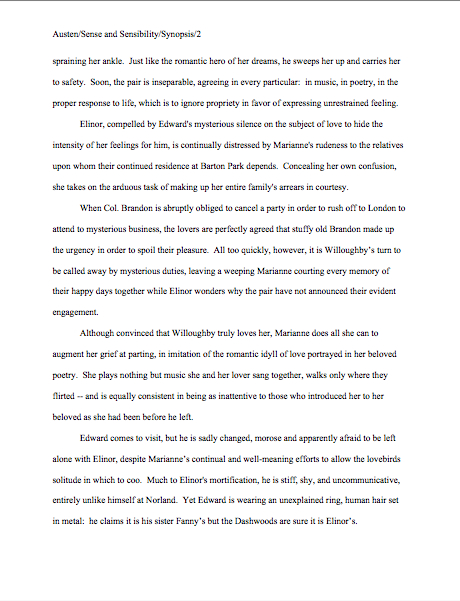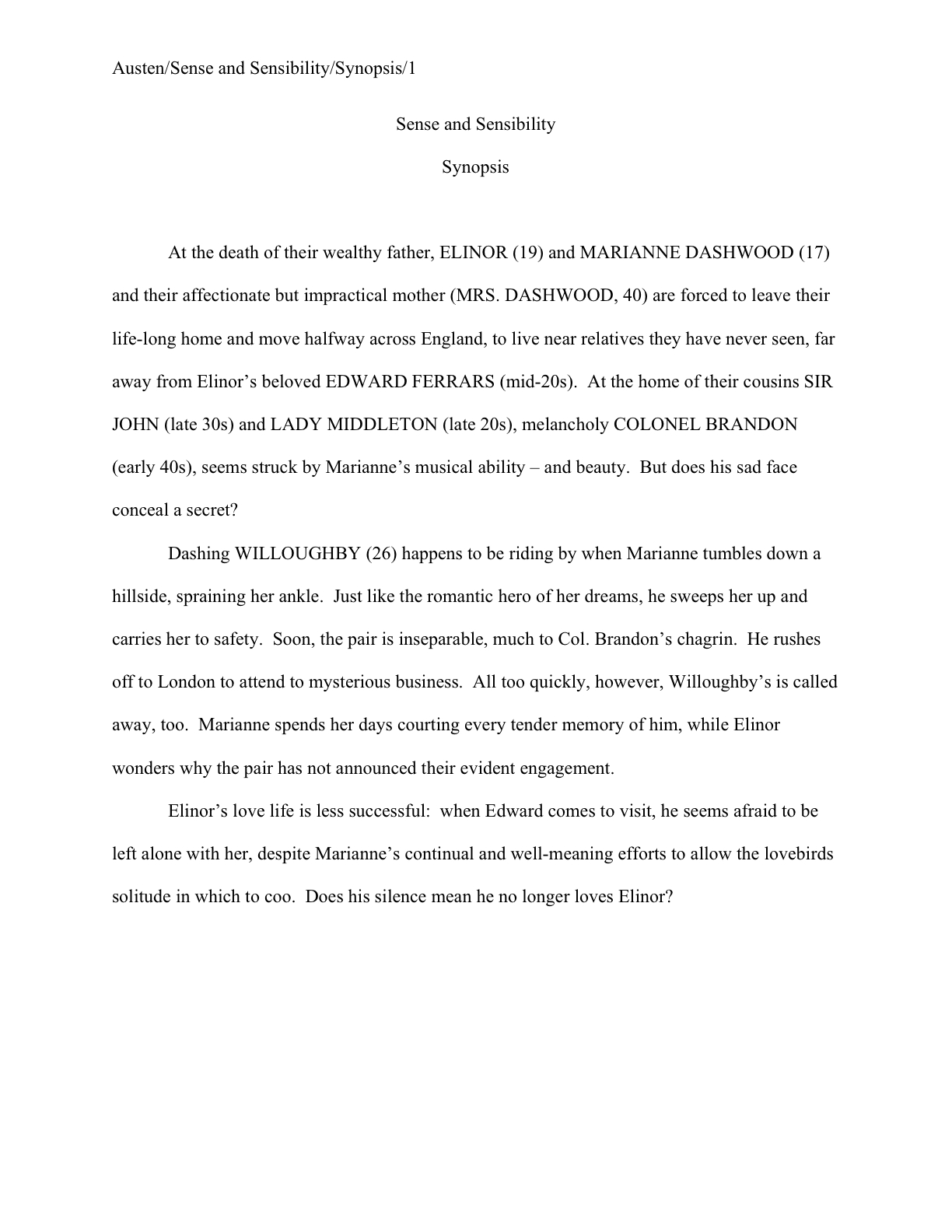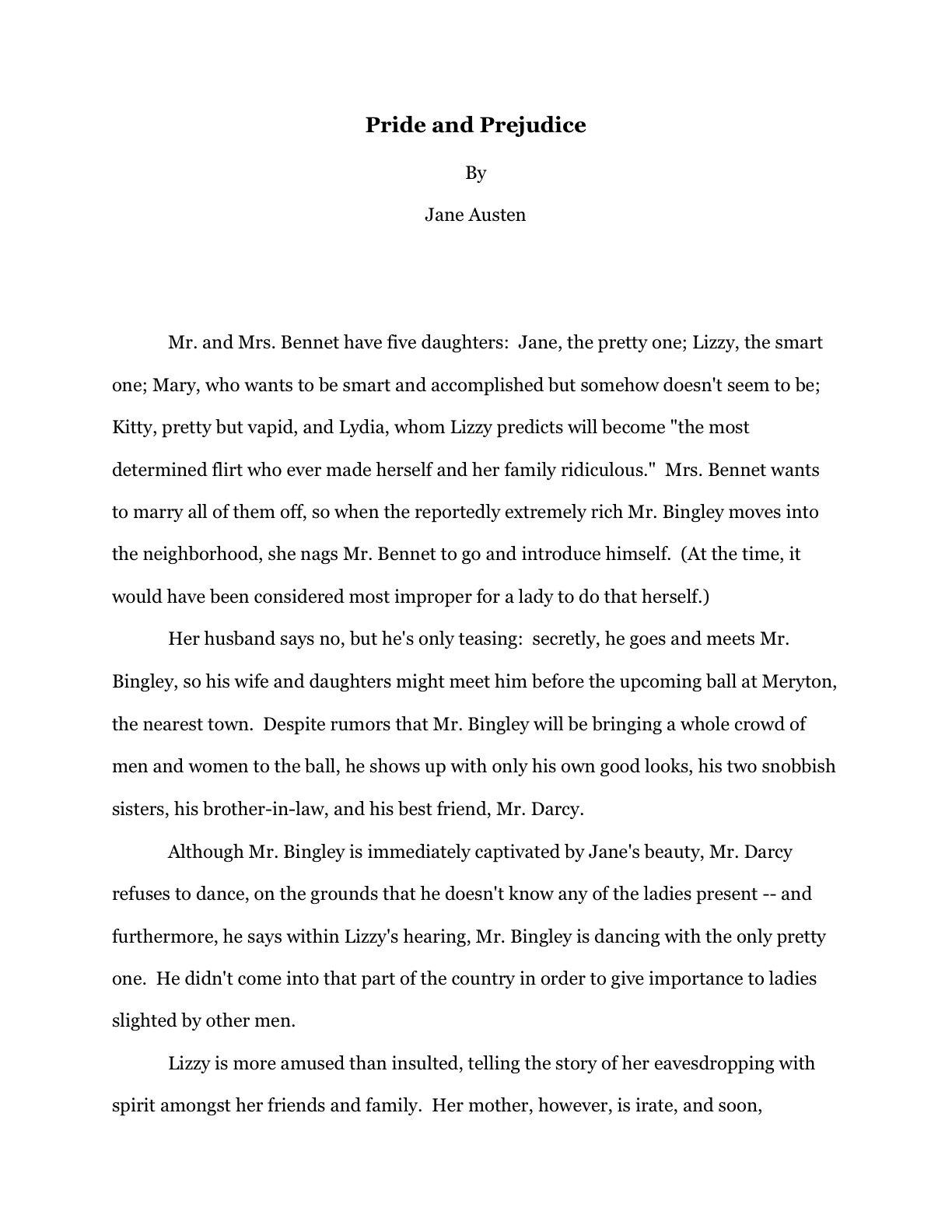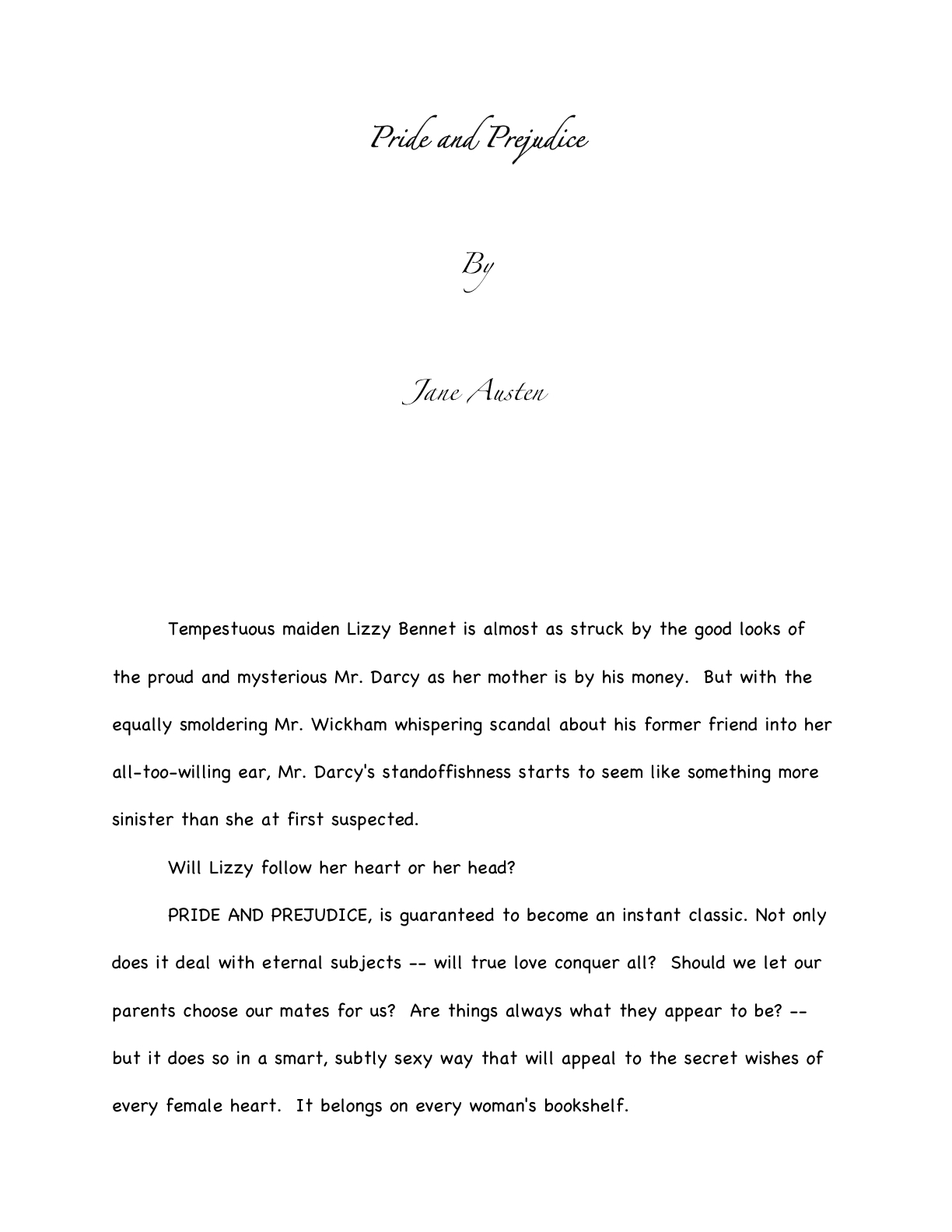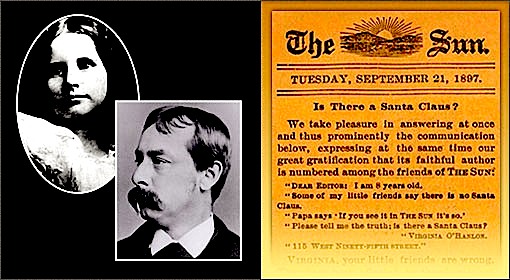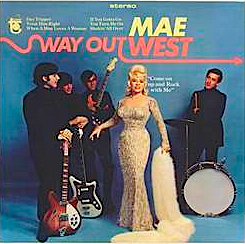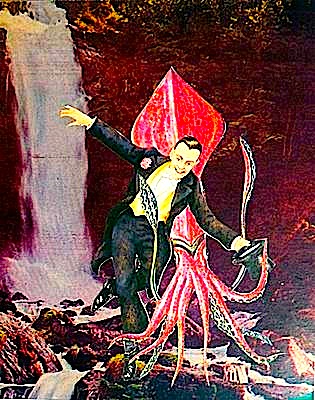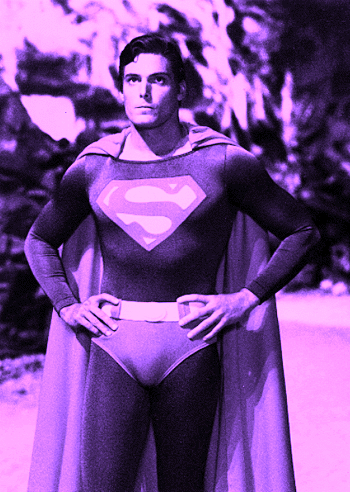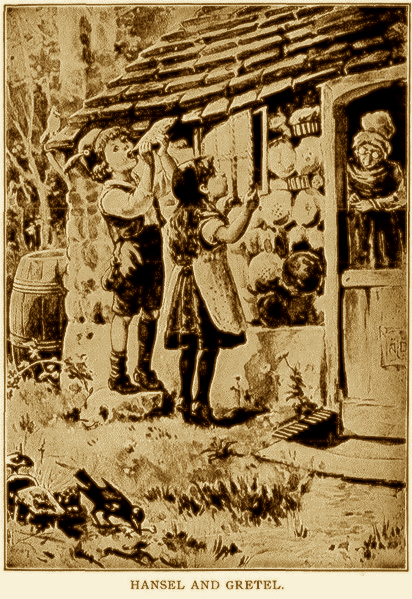
Did any of you sharp-eyed self-editors happen to catch the really, really subtle test of your conceptual editing skills cleverly concealed in yesterday’s post? Nobody left a comment about it, so I assume nobody noticed. Or perhaps those who did were merely too kind to point it out. Any guesses?
If your hand immediately shot into the air, accompanied by a vigorous cry of, “By Jove, Anne, I’m glad you brought this up; it’s been driving me mad since first I read that otherwise excellent post. It was a post on conceptual redundancy that was itself conceptually redundant. You had already lectured us about the dangers of repeating salient plot points in a post the previous week. How relieved I am to hear that you did it on purpose!” not only should you award yourself a full seventeen gold stars for the day, but you should start thinking about offering your services to your writer friends as a first reader.
You, my friend, are starting to read like Millicent the agency screener.
Or indeed, like most people who read manuscripts or contest entries on a regular basis. She and her ilk wouldn’t merely have noticed my conceptual redundancy over the course of a week; she would have been outraged by it.
“In heaven’s name, why?” scream those who currently have pages under Millicent’s critical eye. “I could see being a trifle annoyed by hearing a similar argument a week apart, but why would any sane creature have an intensely negative reaction to it?”
A couple of very sane reasons, actually. First, the Millicents of this world aren’t typically reading just one manuscript in any given day, but dozens. (Rejecting most of them on page 1 speeds up the screening process like you wouldn’t believe.) So in all likelihood, the manuscript that irritates her by repeating herself isn’t the only redundant submission she has handled that day — and certainly not that week. Conceptual redundancy is one of the more common manuscript megaproblems out there, cutting across lines of genre, book category, and the fiction/nonfiction divide.
To be fair, Millicent was probably pretty even-tempered the first fifty times a narrative assumed that she couldn’t remember basic plot elements. Around the 750th time, however, it had gotten old.
By then, too, she would probably have figured out what an experienced editor could have told her — and this is the second sane reason a professional reader might find conceptual redundancy annoying: writers quite frequently retain multiple iterations of the same point because they like the writing of each section that discusses it.
Or, as I did yesterday, because they have an illustrative anecdote that they’d really like to shoehorn into the text. (I admit it: I love the Peter Pan example.) Either way, conceptual redundancy is often a signal that some editing is needed.
You can feel your homework coming, can’t you?
Who am I to disappoint you? Here it is:
(1) Print out all or part of any pages you plan to submit to Millicent or anyone remotely like her.
You may use any part of your manuscript, of course, but as submission tend to get rejected in the early pages (thus leaving the rest unread unfortunately often), page 1 is a dandy place to start.
(2) Read through it, using a highlighting pen — say, yellow — to mark every time the text repeats the same information.
If you want to get fancy, it will make your post-exercise life easier if you take the time to make notes on a separate sheet of every time a specific repetition occurs. That list will render figuring out which iteration to keep much, much easier.
(3) Using a different color of highlighter — pink is nice — mark the first couple of paragraphs (or even the scene) that immediately follows the repeated information.
Why, you ask? Hold your horses; I’m building suspense.
(4) After you finish, go back and re-read the yellow sections. Are all of them genuinely necessary for the reader to follow what’s going on?
In answering that question, assume that the reader is of normal intelligence and average memory, but is reading your book in a single sitting. Millicent’s boss probably will read it in installments, but Millicent often will not.
(5) Go back and re-read the pink sections. Are all of them actually adding something new to the plot, characterization, or argument? Or are they included primarily because you kind of liked how they sounded?
If it’s the latter, don’t be too hard on yourself: the old writing chestnut kill your darlings was coined for a reason.
Remember, this is need not be the only book you ever write; you needn’t include every nice piece of writing that falls off your fingertips. Save something for the sequel.
(6) Be especially attentive to those pink bits in first-person narratives, memoirs — or in a real-life story told as fiction. Are these sections necessary to the story you’re telling, or are they included merely because these things happened in real life?
This is another of Millicent’s most cherished pet peeves — and this one is usually shared by her boss and the editors to whom the agent typically sells. All too often, memoirists (and novelists who write in the first person) forget that writing the truth from a sympathetic point of view is not enough to make a good book — it must also be an engaging story.
Ditto with novelists who include the real: just because something actually happened does not mean that it will necessarily be interesting to read. Or add to the storyline of a book.
Judicious cutting is especially important when writing the real. No reader, however intrigued by a premise, wants to hear about everything that ever happened to a character, any more than he wants to plow through a complete list of every object in a room where an important scene occurs. Include only what your story needs to make it shine.
Okay, that’s enough looking backward for today. Time to move ahead.
Of course, in order to do so, I’m going to need to backtrack a little first. In my last installment on self-editing, I went to town on the twin dangers of factual redundancy intended to remind readers of salient points (“As I mentioned back in Ch. 2, Maude, I stand to inherit a hefty chunk of change when my Uncle Mortimer dies.”) and screen clichés that have made their way into real life (“Say ‘ah,’” kindly Dr. Whitehairedman told the child.). As I pointed out, both species are problematic in submissions, because they are so common.
Translation: professional readers get really, really tired of seeing examples of them.
But both types of repetition also tend to be, I am happy to report, some of the easiest lines for a self-editor to identify and cut. Redundant sentences can often be trimmed wholesale, with no cost to the text at all. And clichés, like pop culture references and jokes that don’t quite work, are often digressions in a scene or dialogue, rather than integral to it. Much of the time, they can be deleted without adding any additional writing.
Which is a pretty good indicator all by itself that a line should be cut anyway, actually: if you wouldn’t miss it if it were gone, it should probably go.
Take, for instance, the following piece of purple prose, full of sentences just begging to hop into the tumbrel and ride to the guillotine. Note just how much trimming could occur without harming the relationships or plot of the scene:
Marcus Aurelius paced the room, frowning, revisiting in his mind his last encounter with Cardinal Richelieu, two months before, when they had shot those rapids together in the yet-to-be-discovered territory of Colorado. Despite hours of manly good fellowship and moments of undeniable passion, they had not parted friends. The powerful holy man was known for his cruelty, but surely, this time, he would not hold a grudge.
“Can I bum a cigarette?” Marcus asked, to buy more time to recap the plot in his head.
Richelieu laughed brutally, but with an undertone of affection. “How on earth did you pick up the habit? Tobacco had not come to Europe in your time.” He shook two out of the pack and stuck both into his mouth. “And barely in mine.”
He lit the pair and handed both to his erstwhile lover. They sat in silence for a moment, the smoke winding its way around the cardinal’s red hat and through the halo of St. Jerome, who was standing nearby.
Finally, Marcus Aurelius decided he could take this brutal wordlessness no longer. “I’ve come for some information, Armand.”
Richelieu’s hand tightened on the sawed-off shotgun that seldom left his side. “You’re wasting your time.”
“I’m not leaving until you tell me what I need to know.”
“It might,” St. Jerome suggested gently, “go a little faster if you were more specific.”
“Yes, do come to the point.” Richelieu waved a bejeweled hand toward his wall-sized TV screen. “American Idol is on in an hour.”
Tell me, how much cutting did you manage to do? Other than the obvious, that is — as a major Stoic, Marcus Aurelius clearly would not have folded so quickly under the pressure; I give you that.
But even ignoring the philosophical problems and the time travel that seems to have happened here, there’s room for some fairly painless trimming that would speed up the scene:
Marcus Aurelius paced the room, frowning. The powerful holy man before him was known for his cruelty, but surely, he could not still be holding a grudge about how they’d parted in Colorado. “Please tell me, Armand. For old times’ sake.”
Richelieu laughed brutally, but with an undertone of affection. The smoke from his cigarette wound its way around his red hat and through the halo of St. Jerome, who was standing nearby.
“It might,” St. Jerome suggested gently, “be helpful if you were more specific about what you wanted.”
“Yes, do come to the point.” Richelieu lifted a bejeweled hand from his sawed-off shotgun to wave languidly toward his wall-sized TV screen. “American Idol is on in an hour.”
That’s 123 words, down from 253, a substantial cut obtained through the simple expedient of removing the movie clichés (the double cigarette bit is straight out of the Bette Davis vehicle NOW, VOYAGER, right?) and unnecessary conceptual repetition.
How did I know, within the context of an isolated excerpt, that the references to the Colorado scene probably referred to something that happened earlier in the book? Call it well-honed editorial instinct: this kind of micro-flashback almost invariably recaps a scene told more fully elsewhere – and when it isn’t shown at some point in the book, it probably should be.
Seem paradoxical? It isn’t.
A micro-flashback usually provides one or more characters’ motivation(s) in the scene occurring at the moment: here, the earlier romantic interlude has set the stage for Marcus’ belief that Richelieu would do him a favor, as well as Richelieu’s current attitude toward Marcus. Clearly, then, this past episode is important enough to the development of both characters that the reader would benefit from seeing it in its entirety.
Which makes removing the micro-flashback from this scene an easy editorial call. To work as character development — as explanatory asides that deal with motivation must, right? — the reader really should have this information prior to the scene.
So if the Colorado rapids scene did happen earlier in the book, the micro-flashback would be redundant; if it did not, the micro-flashback is not memorable enough in itself to make a lasting impression upon the reader.
In other words: snip, snip.
Long-time readers of this blog, chant it with me now: emotionally important scenes are almost always more powerful if they are SHOWN as fully-realized scenes, rather than merely summarized. (Oh, come on — you don’t want to know what happened on those rapids?)
Keep an eye out for those micro-flashbacks, my friends: they’re often flares telling the editor what needs to be done to improve the manuscript.
In this case, the cut can only help: by removing the explanatory summary here, the author will need to make sure that the earlier scene made enough of an impression upon the reader that she will remember it by the time Marcus Aurelius comes looking for information on page 348.
Yes, even if that means going back and writing the earlier scene from scratch. Sometimes, adding a fresh scene is actually a quicker and easier fix for a manuscript that drags than merely trimming the existing text.
The metaphor that I like to use for this kind of revision comes from flower arranging, believe it or not. Listen:
Think of your draft as a wonderful bouquet, stocked with flowers you have been gathering over the last couple of years. It’s lovely, but after it has been rejected a few dozen times, you’ve come to realize that maybe it’s too big for the room in which the agent of your dreams wants to place it; it does not fit comfortably into the only vase she has.
So you need to trim it — but how? A good place to start would be to pull out half of the daisies; a few are nice, but handfuls make the daisy point a bit more often than necessary.
Then you could start searching for the flowers that have wilted a little, or are not opening as well as others. Pulling out the wilted flowers renders the bouquet both smaller and prettier – and the ones that wilt the fastest are the ones that are borrowed from other sources, like movie tropes, which tend to date a book, anyway.
Already, your bouquet is looking lighter, more vibrant, but you liked the color that some of the discarded flowers added. Rather than pulling the cast-off blooms out of the compost bin and putting them back into the vase (as most self-editors will do), adding a fresh flower here and there is often more beneficial to the overall beauty of the bouquet.
Be open to the possibility that trimming your manuscript may well mean writing a fresh scene or two, for clarification or character development. Search your manuscript for micro-flashbacks that may be telling you what needs further elucidation, as well as darlings that could be, if not killed, then at least set aside to grace another book. If you apply a truly diligent eye, you may well find that a single, well-developed scene inserted early on will replace scores of micro-flashbacks down the line.
It happens. All the time, in fact. Like a good joke, motivation goes over better with the reader if it can be presented cleanly, without excess in-the-moment explanation. Bear that in mind, please, and keep up the good work!



